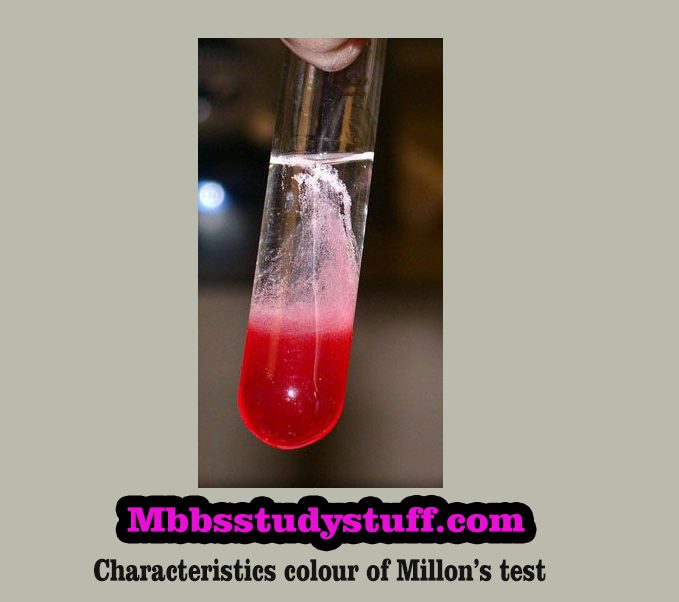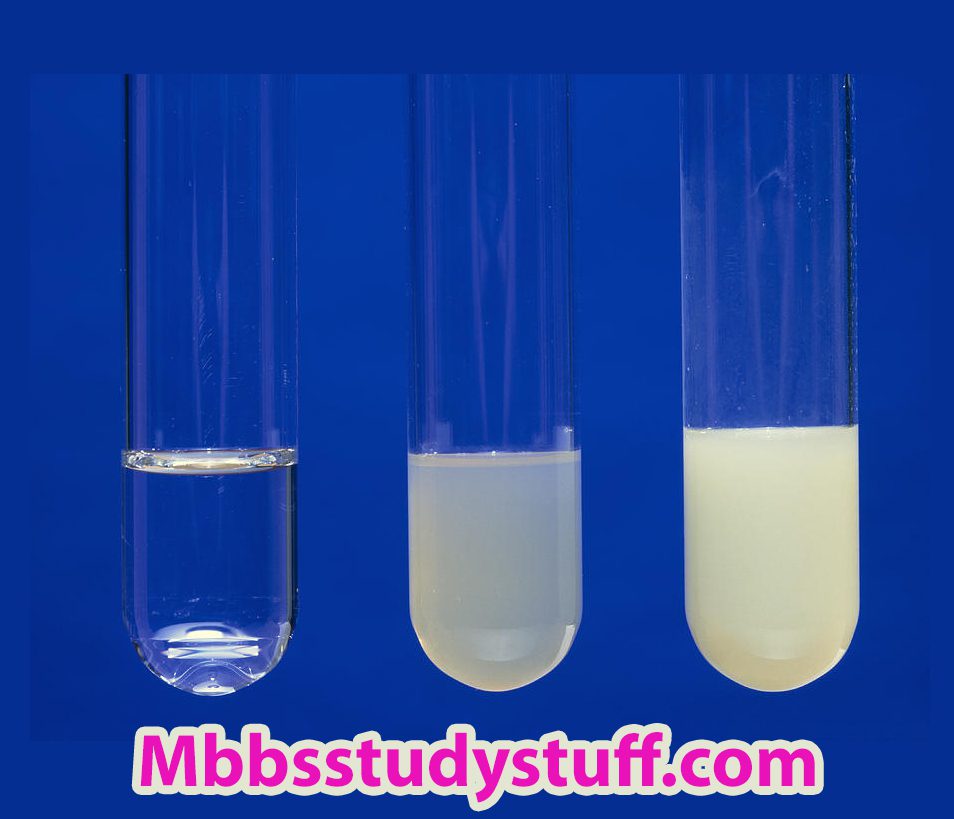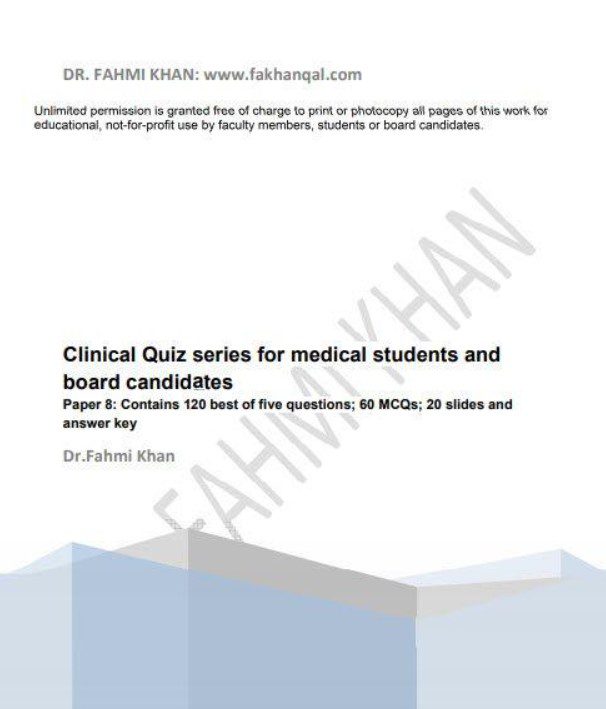Pauly’s test:
Pauly’s test is a specific test used for the qualitative detection of tyrosine or histidine (imidazole ring). It is named after German chemist Hermann Pauly, who first described the reaction.
Pauly’s Test Principle:
Diazotised sulphanilic acid reacts with imidazole ring in an alkaline medium to form a red coloured complex.
Pauly’s test Reagent:
- Sulphanilic acid dissolved in hydrochloric acid.
Pauly’s Test Procedure:
- Take 2 ml of original solution (Protein solution) in a test tube.
- Add few drops of diazotized sulphanilic acid in it.
- Also, add 1 ml of 20% Na2CO3 to the test tube.
Observation:
When proteins containing tyrosine or histidine reacts with diazotised sulphanilic acid under alkaline conditions, a red colour complex is formed by coupling reaction which indicates the presence of tyrosine or histidine.

Precautions:
For a better result, follow the below steps.
- Before start performing experiment make sure to wash the apparatus before and then after the experiment.
- Carefully handle all the chemicals in the laboratory.
- Use test tube holder, if necessary for holding test tube.
- The test tube used should be clean neatly and free of any dirt and chemicals because we will not get the proper result then, so try to use a clean and clear test tube for a correct result.
- After experiment completes, place the apparatus in their respective place.








Leave a Reply